Featured Image: Courtesy Gordini Socks
Layering is nothing new to skiers. We count on different layers of gear in order to perform our best and keep us comfortable in outdoor winter conditions. Base layers wick moisture, mid layers insulate and outer layers keep out wind and cold.
Layering is also nothing new to the team at Gordini, who have been using different layers of insulation, linings and shells in their award-winning gloves for over 65 years. However, layering within socks had never been done before… until Gordini decided to disrupt the ski sock game with the new SoleKNIT® dual layer socks.
“To this point, other socks have used different materials to give them strength or to move moisture away, but these different fabrics have been essentially tossed in a blender, and they come out as one layer of like ‘blender food’ that’s just wrapped around your foot,” says Gordini Designer Coleman Horn. “With SoleKNIT®, we’ve actually developed a sock that has layers of fibers which are removed from other layers, and they work independently, just like layering a clothing system.”
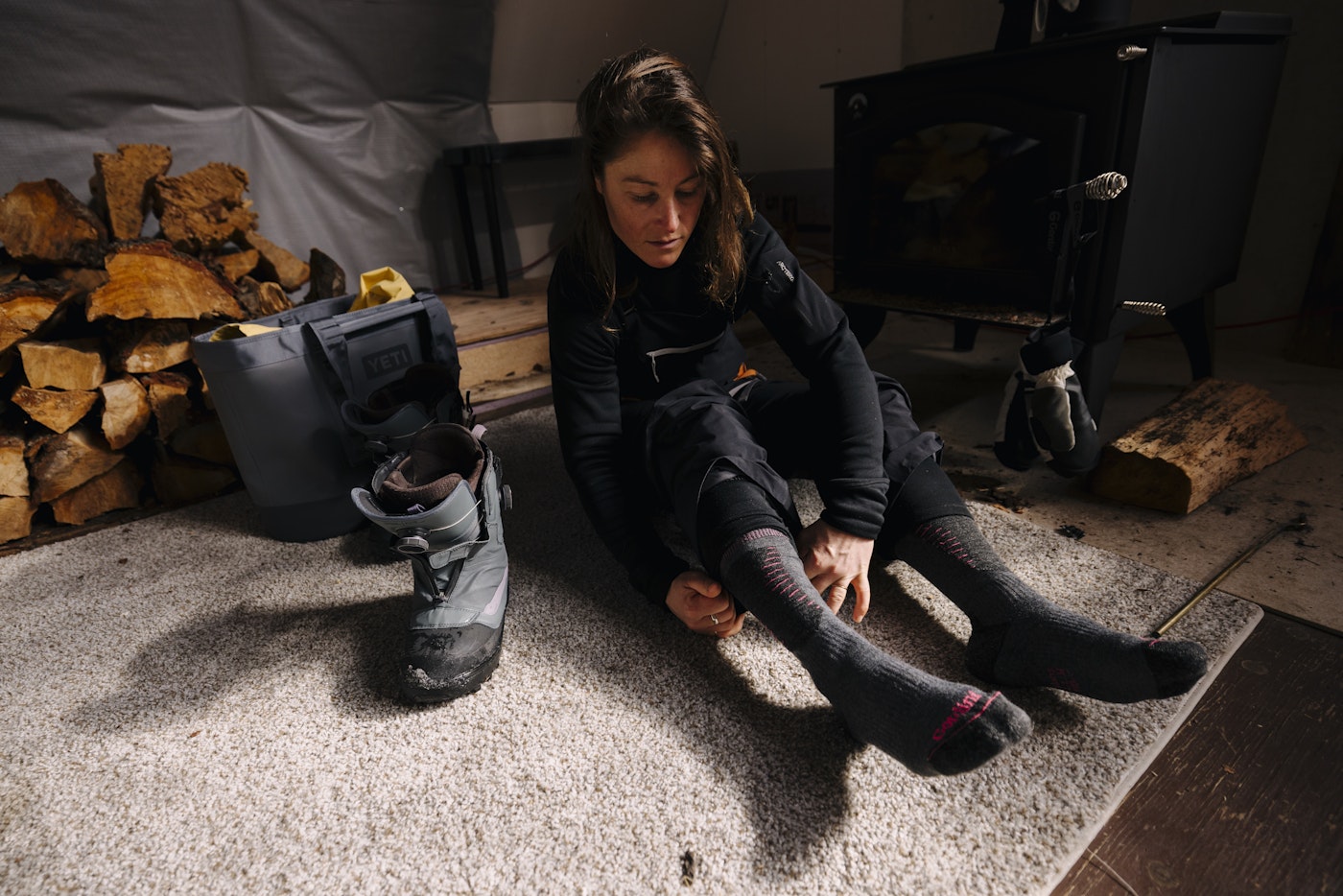
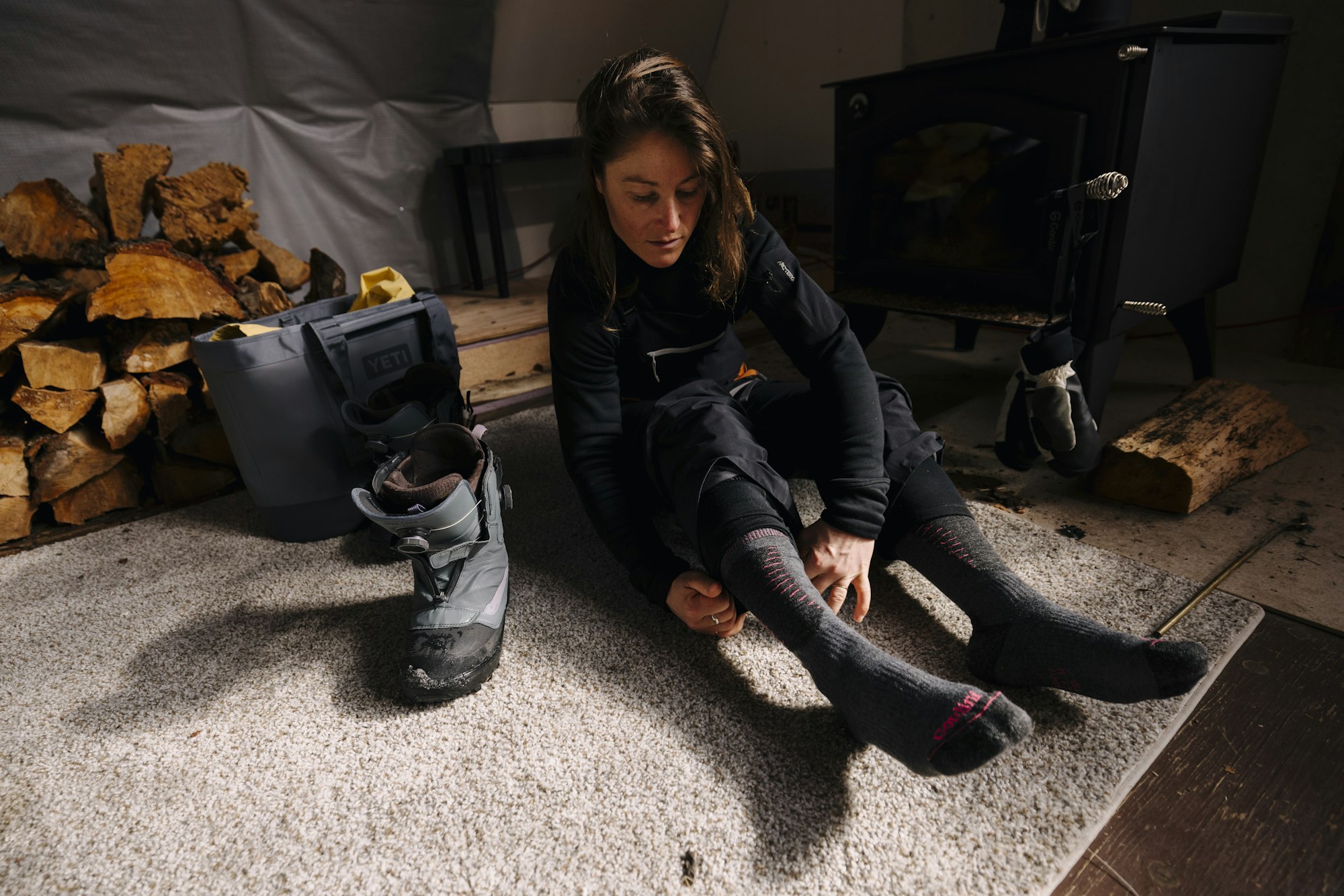
So how did one of the preeminent ski glove manufacturers decide to get into making ski socks over six decades after making their first gloves? Well, Horn and Gordini President Dave Gellis came across a revolutionary machine made by Italian knitting machine builder, Busi, capable of layering fabrics. This machine was being used for things like putting pockets in soccer shin guards, but the Gordini brain trust saw it as an opportunity to make the first layered ski sock. They quickly bought some of these machines and set out to revolutionize ski socks.
“We pride ourselves on innovation,” Gellis says. “So, when we were exposed to this technology, we felt we could push the limits of the machines. There was a really logical connection between the ability of the machine and the ability to basically replicate the layering we do in gloves but do it for socks. That logical connection really intrigued us, and as a team, we thought: what a great way to grow our brand.”
Thus, SoleKNIT® was born. With a dual-layer sock, Gordini is able to map the inherent function of a fiber to the logical location on the sock. The interior layer excels at wicking moisture, while the durable exterior layer shines at retaining warmth. The two layers create a quilting effect that features air pockets in between that have thermal benefits similar to your favorite down puffy. The air pockets also increase breathability, eliminating swamp feet.
“They look really different than any other sock in the marketplace—there’s a dimensionality to these socks,” Gordini Marketing Communications Director Brett Wagenheim says. “Many of the components that use the twin layer look quilted, and that dimensionality really supports moisture transfer and warmth. There are two layers with an air pocket in between that allows moisture to transfer out and air to be trapped and warmed so the foot stays insulated.”
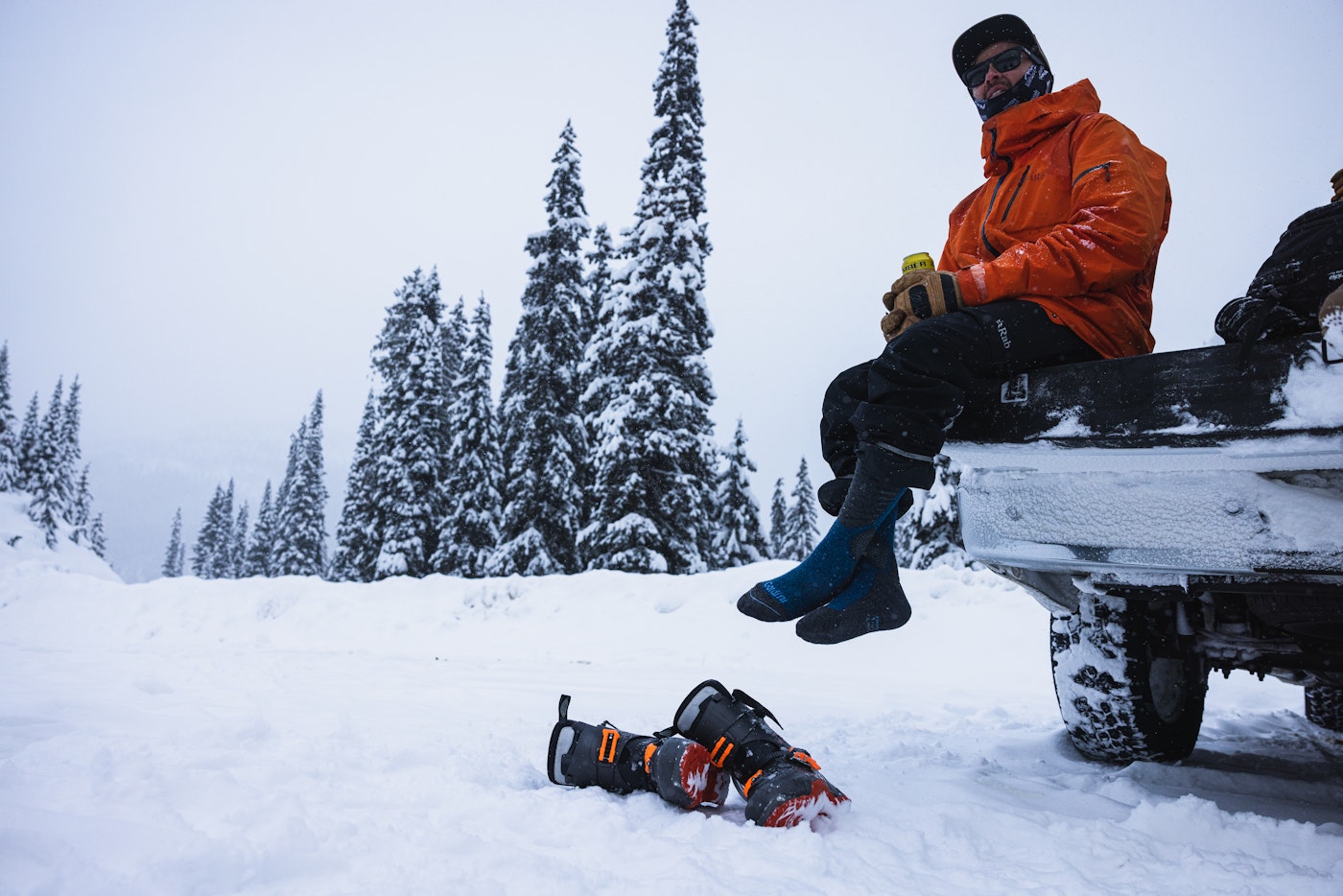
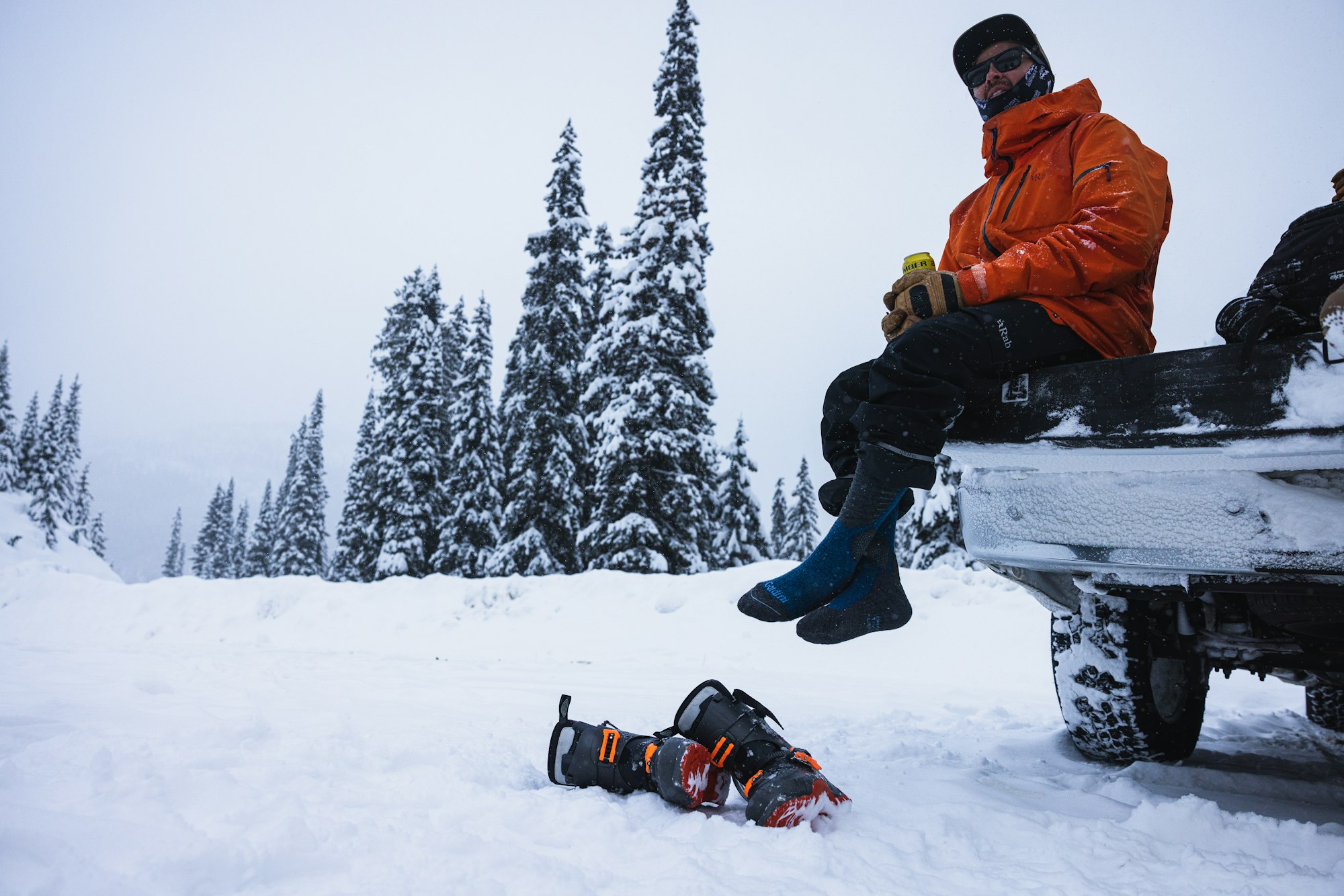
There are eight SKUs in this new Gordini sock lineup: heavy-weight, medium-weight, light-weight and ultra-light-weight socks for both men and women. The heavy-weight and medium-weight SKUs feature SoleKNIT®, while the light-weight and ultra-light-weight do not. However, each sock incorporates another revolutionary structural knit pattern made possible by the Busi machines that Gordini is calling OrbitKNIT®.
With OrbitKNIT®, Gordini has made possibly the most inclusive and comfortably fitting ski sock ever. OrbitKNIT® allows for a true rib cuff—one that doesn’t rely on elastic or rubber strands to create stretch around the calf. Rather, the knit pattern rebounds and expands based on the size and exertion of the calf. This technology eliminates that too-tight feeling and those stretch marks other socks might leave behind on your legs after a long day on the hill.
“Around the office, we like to say that the sock holds your calves the same way a hunting dog holds a bird—just secure enough to hold the bird without pressing it,” says Gellis.
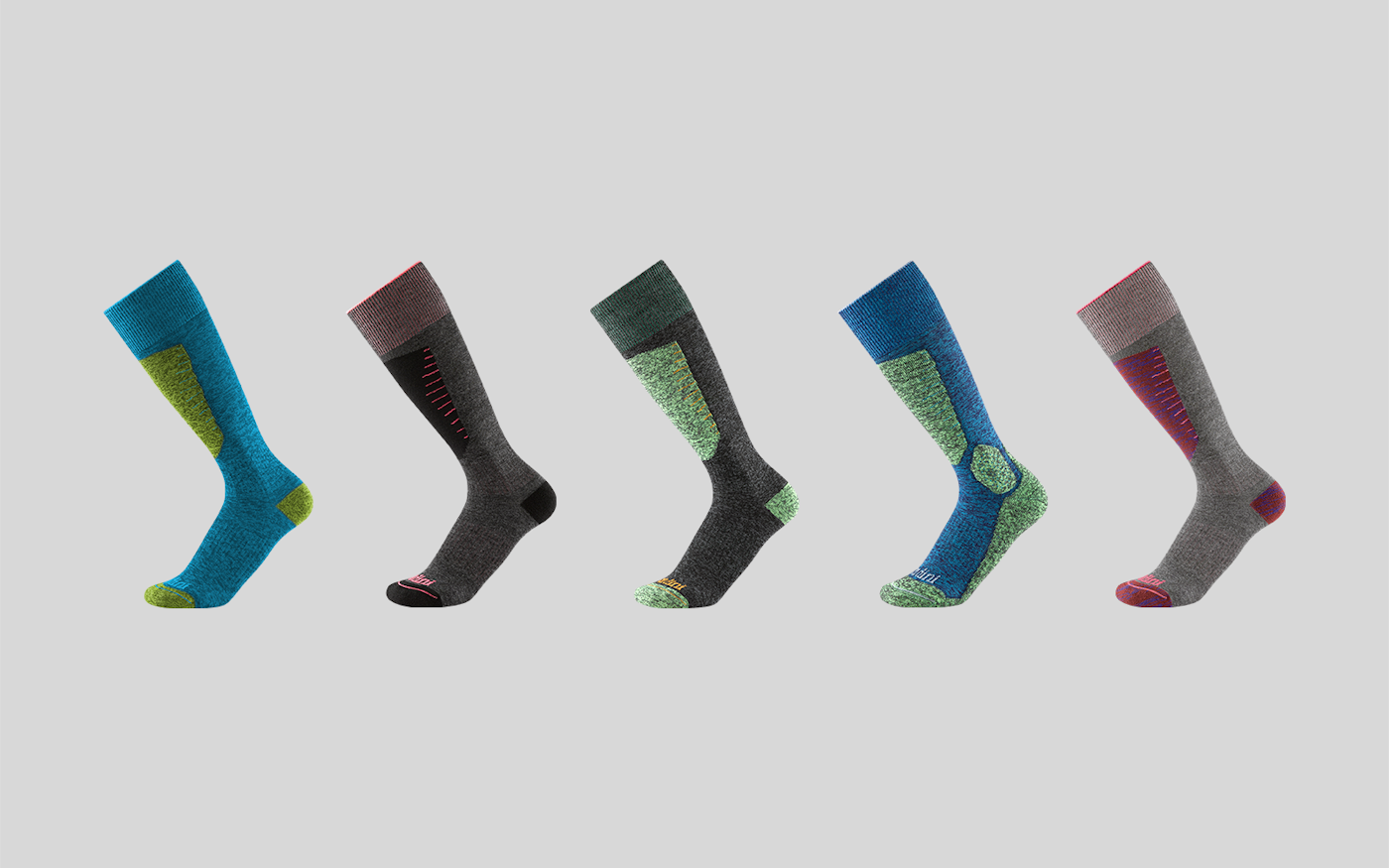
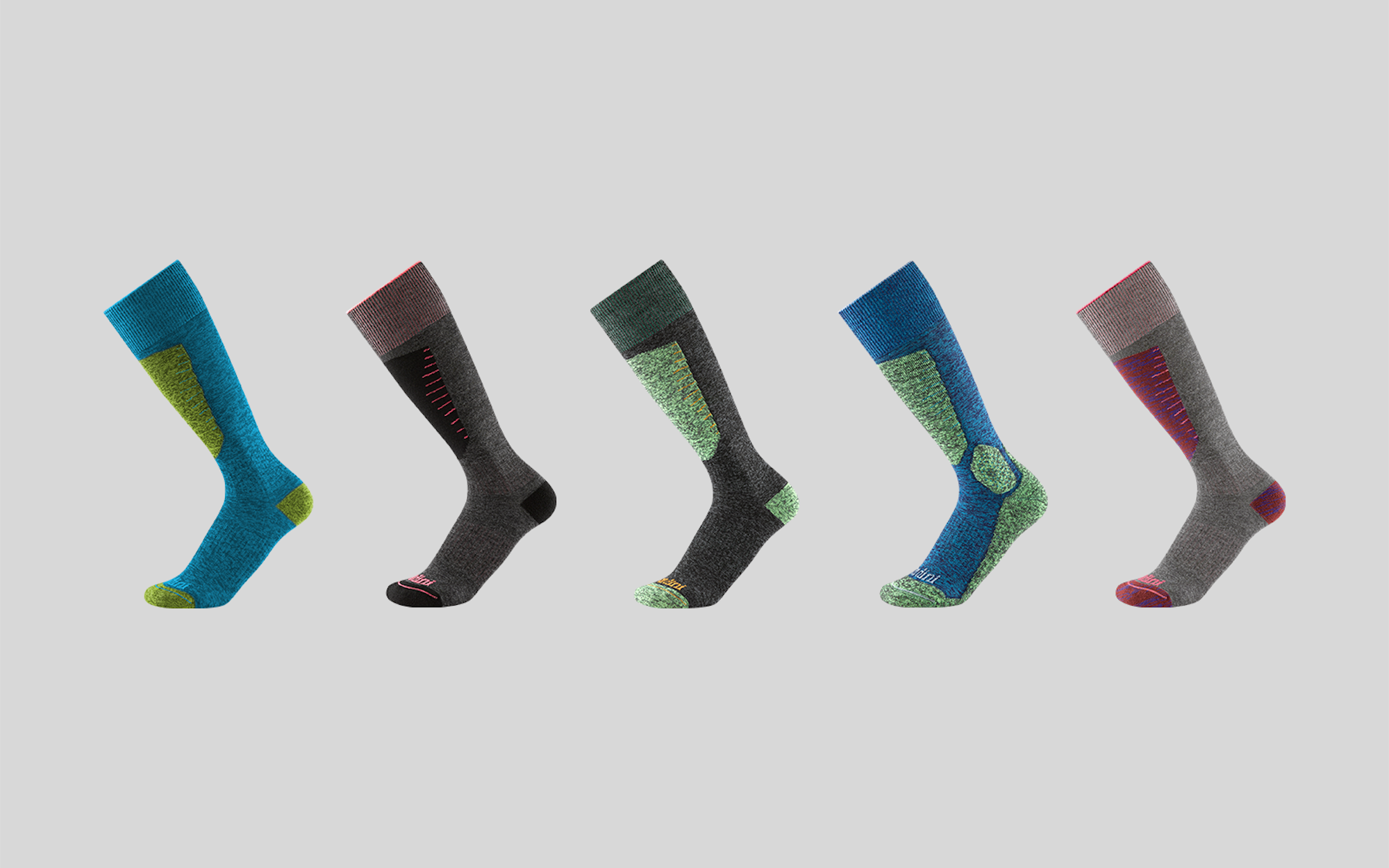
One common pain point for many ski socks is around the toe closure. Conventional ski sock toe closures go from end to end, but the new Gordini socks’ have a toe closure that sits atop the foot, thus eliminating that common friction point and adding to the overall comfort.
“These new socks stay in place like a compression sock might, but they’re just so much more comfortable,” Gordini Athlete Julian Carr says. “They have this really nice, premium and luxurious comfort to them, but they don’t sacrifice anything in performance. They’re a no-brainer as a really reliable resort sock that can also stand up to backcountry use.”

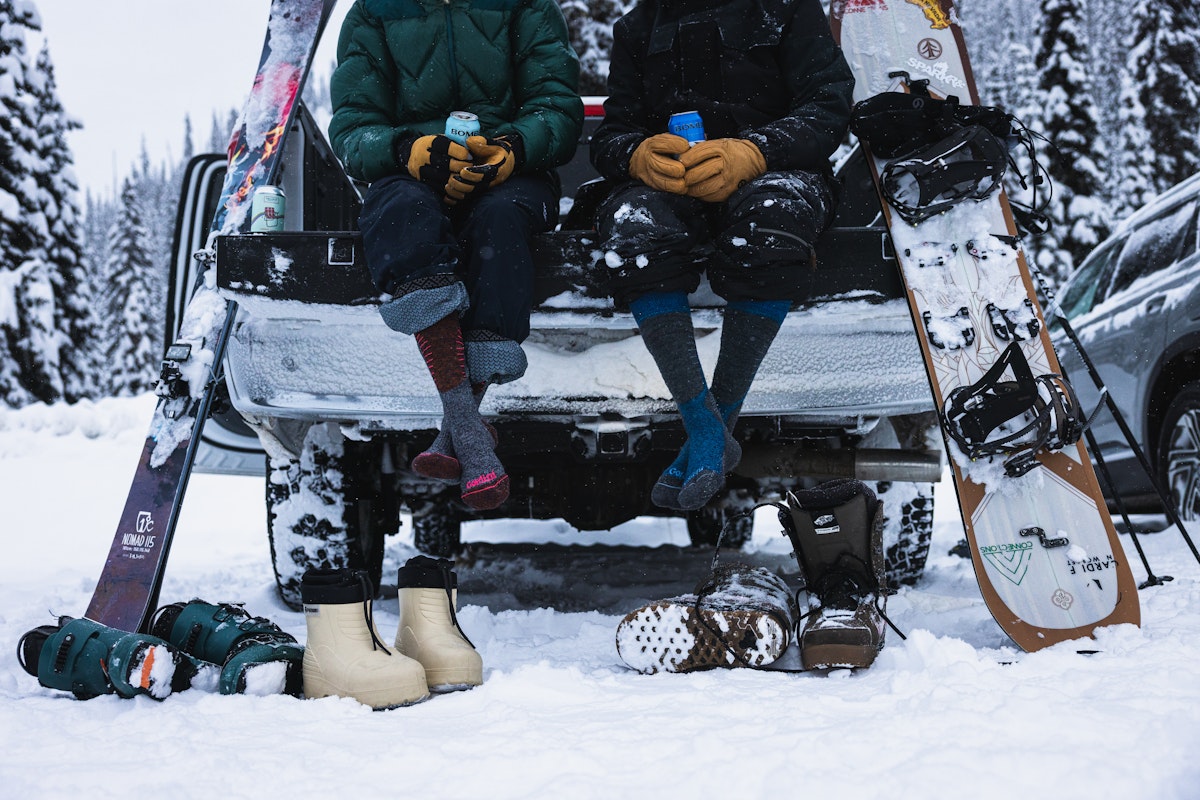

![[GIVEAWAY] Win a Head-to-Toe Ski Setup from IFSA](https://www.datocms-assets.com/163516/1765920344-ifsa.jpg?w=200&h=200&fit=crop)


![[GIVEAWAY] Win a Legendary Ski Trip with Icelantic's Road to the Rocks](https://www.datocms-assets.com/163516/1765233064-r2r26_freeskier_leaderboard1.jpg?auto=format&w=400&h=300&fit=crop&crop=faces,entropy)




![[GIVEAWAY] Win a Head-to-Toe Ski Setup from IFSA](https://www.datocms-assets.com/163516/1765920344-ifsa.jpg?auto=format&w=400&h=300&fit=crop&crop=faces,entropy)


